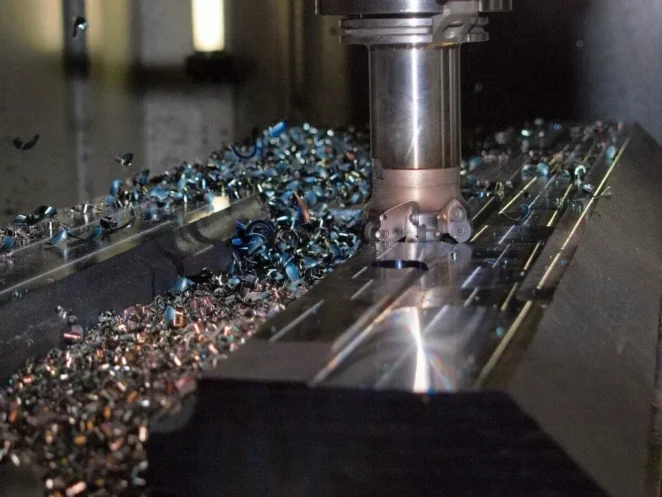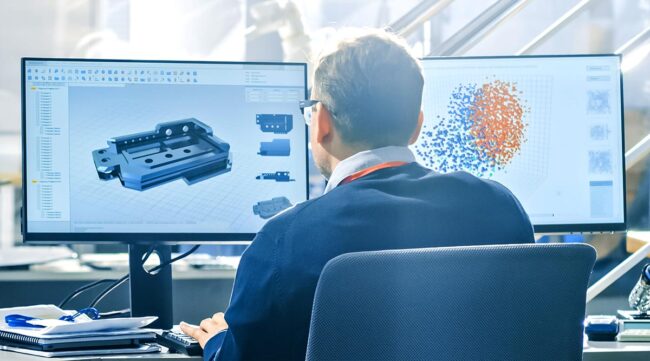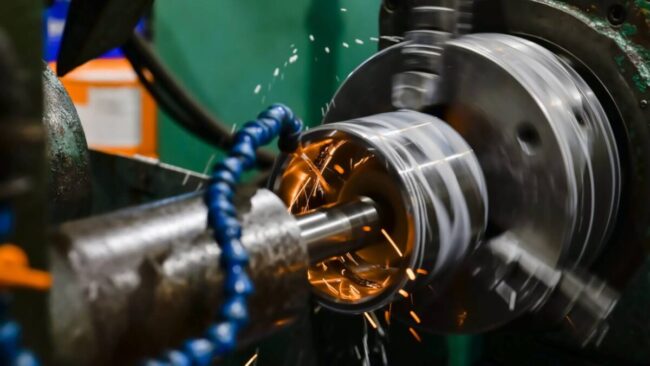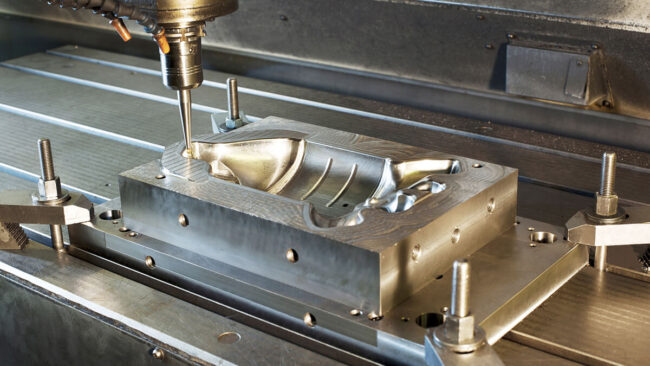In an age where 3D printing, automation, and advanced manufacturing techniques dominate the headlines, one might wonder if traditional methods like casting and machining still hold any value. The short answer: they do.
In fact, casting and CNC machining remain the backbone of numerous industries, ensuring durability, precision, and efficiency. So, why are these age-old techniques still crucial today?
Let’s break down casting vs CNC machining.
The Basics of Casting
Casting involves pouring molten metal into a mold to create a specific shape once it cools and solidifies. This method has been around for thousands of years, dating back to ancient civilizations. The reason for its longevity? It’s incredibly effective.
Versatility of Casting
Casting is versatile. Whether you need a small, intricate part for a medical device or a massive component for heavy machinery, casting can handle it. The ability to produce complex shapes with high precision makes it indispensable for various applications.
Cost-Effectiveness
Casting can be highly cost-effective, especially for large production runs. The initial investment in creating molds pays off as the production volume increases, reducing the cost per unit. This makes it ideal for industries like automotive, aerospace, and construction.
Material Efficiency
Another advantage of casting is material efficiency. The process minimizes waste, as the exact amount of material needed is used. This not only cuts costs but also supports sustainability efforts by reducing excess material usage.
What Is CNC Machining?

CNC machining is the process of removing material from a workpiece to achieve the desired shape and size. Techniques like milling, turning, and drilling fall under this category. While it may seem straightforward, machining requires a high level of skill and precision.
High Precision and Accuracy
CNC machining is known for its precision. When tolerances are tight and accuracy is paramount, machining delivers. This is why it’s extensively used in industries where exact measurements are crucial, such as aerospace, medical devices, and electronics.
Surface Finish and Quality
The surface finish achieved through CNC machining is often superior to other manufacturing methods. This is vital for parts that require a smooth surface for functionality or aesthetic purposes. Think of the sleek finish on automotive parts or the precise edges on electronic components.
Flexibility in Production
CNC machining offers great flexibility. It’s suitable for both low and high-volume production, and changes can be made relatively easily. This adaptability is a significant advantage in industries where customization and rapid prototyping are essential.
The Synergy Between Casting and CNC Machining

Casting and machining are not mutually exclusive. In fact, they often work together. Cast parts frequently require machining to achieve the final specifications and tolerances. This synergy allows manufacturers to take advantage of the strengths of both methods.
Enhancing Efficiency
Combining casting and machining enhances overall efficiency. Casting provides a cost-effective way to produce the general shape of a part, while machining ensures precision and accuracy.
This combination reduces production time and costs while maintaining high quality.
Real-World Applications
Consider the automotive industry. Engine blocks are typically cast to achieve the basic shape and then machined to refine critical dimensions and ensure proper functionality.
This approach is also common in aerospace, where parts need to be lightweight yet strong and precise.
Technological Integration

Modern casting and machining processes have evolved significantly with the integration of technology. Computer-aided design (CAD) and computer-aided manufacturing (CAM) have revolutionized these methods, improving accuracy, reducing waste, and speeding up production.
Automation and Robotics
Automation and robotics have further enhanced casting and machining. Automated systems ensure consistent quality, reduce human error, and increase production rates. Robotics, in particular, are used for repetitive tasks, allowing human workers to focus on more complex aspects of the process.
Advanced Materials
The development of advanced materials has also impacted casting and machining. New alloys and composite materials offer superior properties, such as increased strength, reduced weight, and better resistance to wear and corrosion.
These materials expand the possibilities for casting and machining applications.
The Role of Casting and Machining in Sustainability
The role of casting and machining in sustainability cannot be overstated, as these methods play a crucial part in reducing waste, improving energy efficiency, and creating long-lasting products.
Reducing Waste
Both casting and machining contribute to sustainability by reducing waste. Casting uses only the necessary amount of material, while machining techniques have become more efficient, generating less scrap. Recycling and reusing materials in these processes further support environmental goals.
Energy Efficiency
Advancements in energy-efficient technologies have also benefited casting and machining. Modern furnaces and machining equipment consume less energy, lowering the environmental impact.
These improvements align with global efforts to reduce carbon footprints and promote sustainable manufacturing practices.
Longevity of Products
The durability of parts produced through casting and machining means longer-lasting products. This reduces the need for frequent replacements and repairs, ultimately leading to less material consumption and waste over time.
Challenges and Future Outlook

As casting and CNC machining continue to evolve, they face several challenges that need addressing to ensure their future relevance and success.
Addressing Skill Gaps
One of the challenges facing the industry is the skill gap. As older generations of skilled workers retire, there is a need to train new talent in these traditional methods. Apprenticeship programs and educational initiatives are essential to ensure the continuity of expertise in casting and machining.
Innovations on the Horizon
Looking ahead, innovations in casting and machining will continue to emerge. Additive manufacturing (3D printing) is not seen as a replacement but rather as a complementary technology.
Hybrid manufacturing, which combines additive and subtractive methods, holds promise for creating complex parts with high precision.
Global Demand
The global demand for high-quality, durable parts ensures that casting and CNC machining will remain relevant. Industries such as automotive, aerospace, medical, and construction will continue to rely on these methods for critical components.
In Summary
Casting and machining are far from obsolete. They are foundational to modern manufacturing, providing the versatility, precision, and efficiency required in various industries.
As technology advances and sustainability becomes a priority, these methods evolve, proving their enduring relevance.



